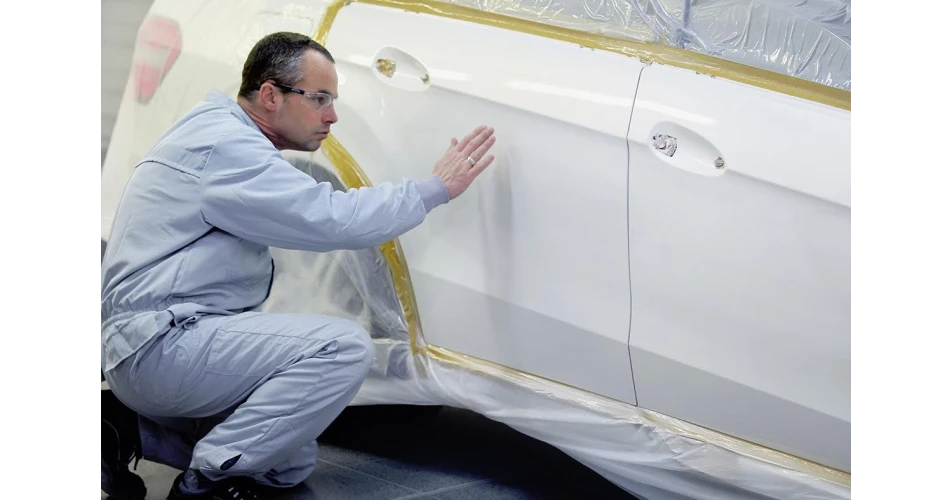Axalta Coating Systems, the global supplier of liquid and powder coatings and the name behind the Cromax, Spies Hecker and Standox refinish brands, has highlighted how the use of its complete refinish processes can help bodyshops achieve outstanding results while helping refinishers to work productively, energy-efficiently and quickly. It also points out how finish quality can be compromised if products are used in the wrong combination or with other non-proprietary products.
Kevin Welling, Training Academy Manager for Axalta Coating Systems explains, “Most paint systems consist of a coloured or clear varnish which is mixed with a so-called ‘cross-linker’, usually an isocyanate, to form chemical bonds with the resin in the paint. The formation of these chemical bonds determines the hardness of the paint. If too little isocyanate is added, the necessary chemical bonds between the varnish and the resin are not formed and the paint stays ‘soft’. Our technical data sheets specify exactly what ratio of hardener needs to be mixed with a given topcoat to produce a finished paint that is hard, but still flexible enough to resist scratches or the effect of stone chips.”
Kevin adds, “Axalta calculates the ratio of the hardener based on its isocyanate content. If refinishers substitute the recommended hardener with another one, the isocyanate levels may be completely different and the refinisher is at risk of facing drying issues, problems of paint adherence, insufficient hardness of the dried paint and other issues.”
Kevin provided an example of how bodyshops can run into problems if not following the product processes correctly. “Recently, a bodyshop contacted our team because it was suddenly experiencing problems. The topcoat was taking a long time to dry and was not adhering to the substrate properly. After investigation, our specialist technician discovered the refinisher had used a non-proprietary and incompatible hardener with an isocyanate content that was less than half that of the recommended product. As a result, the topcoat had not been activated properly.”
Kevin points out that some hardeners may seem economical but to achieve correct activation requires much greater volumes due to their lower isocyanate content. The larger volume consumption of hardener results in significantly higher costs and can cause VOC issue because of higher solvent use.
Kevin says, “Incorrect product mix can severely compromise the quality of the repair and cost the bodyshop time and money. This is why it makes sense to adhere to product data sheet recommendations and to use fully compatible systems.”
